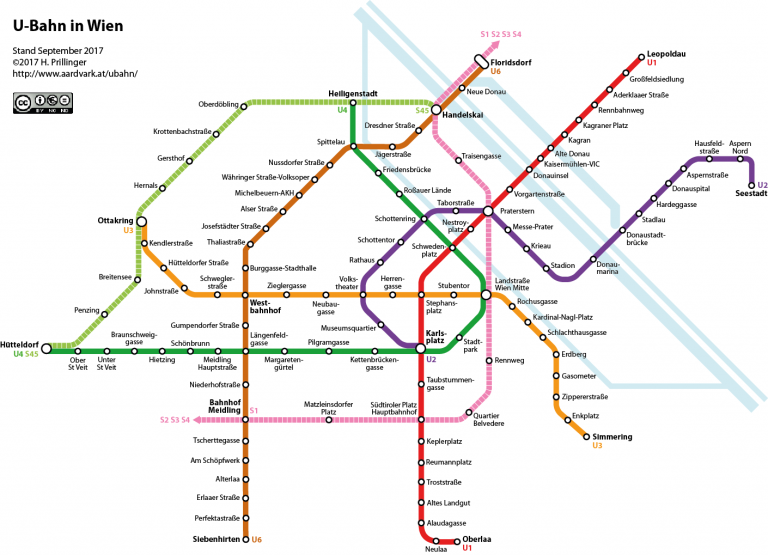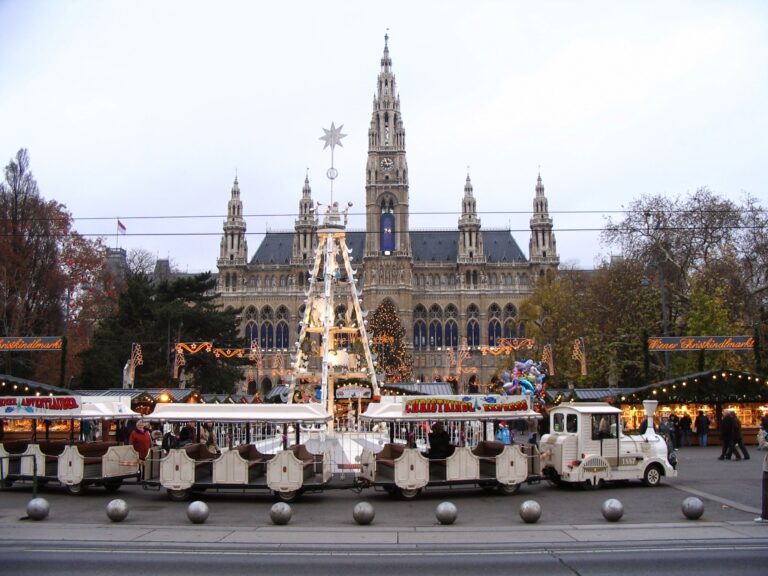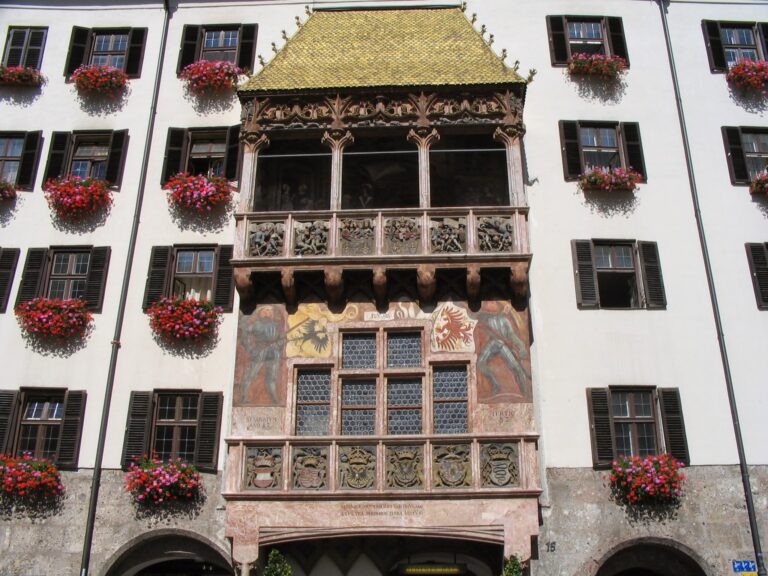Art History Museum Vienna
One of the most important museums worldwide with the earliest collections dating back 250 years. This palace of natural history has incorporated collections since 1889 and to this day counts over 20 million exhibits. The art History Museum stands, almost mirror-like, imposingly opposite since 1891, and unites most of the imperial collections of the Habsburgs.
U-Bahn: Volkstheater (U2, U3)
Vienna – Belvedere
Built 1714-1723 for Prince Eugen of Savoyen, a Frenchman who tactfully aided Vienna during the invasion of the Turks. The upper Belvedere was used for festivities, the lower was designed as living quarters, both were separated by extravagant Versailles-like gardens. Today the park and palaces are solely dedicated to Austrian art and boast 3 museums.
S-Bahn: Sudbahnhof (S1, 2, 3, 15)
Kaertner Strasse
The most famous of Viennese shopping boulevards, a pedestrian zone spidering between the Opera House and St. Stephans.
From vegetables to Versace, there’s nothing you won’t find here.
U-Bahn: Stephansplatz (U1, U3)
Staatsoper Vienna
Home to the most famous ball in the world, the Vienna Opera Ball, as well as 50 operas and 20 ballets per year.
Built 1863-1869 the Opera house was one of the first magnificent constructions on the Ringstrasse and its list of directors reads like a Who’s Who of world-class composers: Gustav Mahler, Richard Strauss, Herbert von Karajan …
U-Bahn: Karlsplatz (U1, U2, U4)
Heeresgeschichtliches Museum
The Historical Museum of the Armed Forces is located in the impressive Arsenal fortifications.
Built 1850-1856 it represents the oldest museum construction in the city. Historical exhibits span from the 16th – 20th century.
S-Bahn: Sudbahnhof ( S1, S2, S3, S15)
Albertina
The foundations for this collection were laid in 1776, a gift to Herzog Albrecht from Giancomo Conte Durazzo, with 1000 works of art and a certificate of foundation setting down the true purpose of the collection, “not for amusement or representation but education and moral standing”.
Today’s Albertina incorporates graphic art and photography.
U-Bahn: Herrengasse (U3)
Uhrenmuseum
Established in 1921, the Watch Museum is a treat for any watch enthusiast, with famous international exhibits span from the 15th to the 20th century.
U-Bahn: Herrengasse (U3)
Museum Angewandter Kunst
An Internationally recognized institution sanctioned 1863 as the Imperial and Royal Museum of Art and Industry, its exemplary purpose reflects its widely varying collections and stature as a public scientific institution.
U-Bahn: Stubentor (U3)
Liechtenstein Museum Vienna
Today the Garden Palace is home to one of the largest private art collections in the world. From early Renaissance to Austrian Romantic, one can admire works by Raffael, Rubens, and Rembrandt, among others.
The presentation is a beautifully orchestrated composition of architecture, sculpture, painting, and furnishings.
U-Bahn: Rossauer Laende (U4)
Music, Theater and Opera
| Akademietheater | built-in 1911, it has a more distinct orientation to modern theater | |
| Dschungel Wien | theater aimed specifically, at the young or the young at heart | |
| Etablissement Ronacher | built-in 1871, a theater for international productions and concerts | |
| Theater in der Josefstadt | Ludwig van Beethoven and Richard Wagner directed here! | |
| Theater an der Wien | built-in 1798, it was the first theater to host Beethoven’s “Fidelio” | |
| Volkstheater | from classical German literature to Viennese folk and modern theater | |
| Volksoper Wien | Europe’s leading operetta house, but also musicals and dance |


